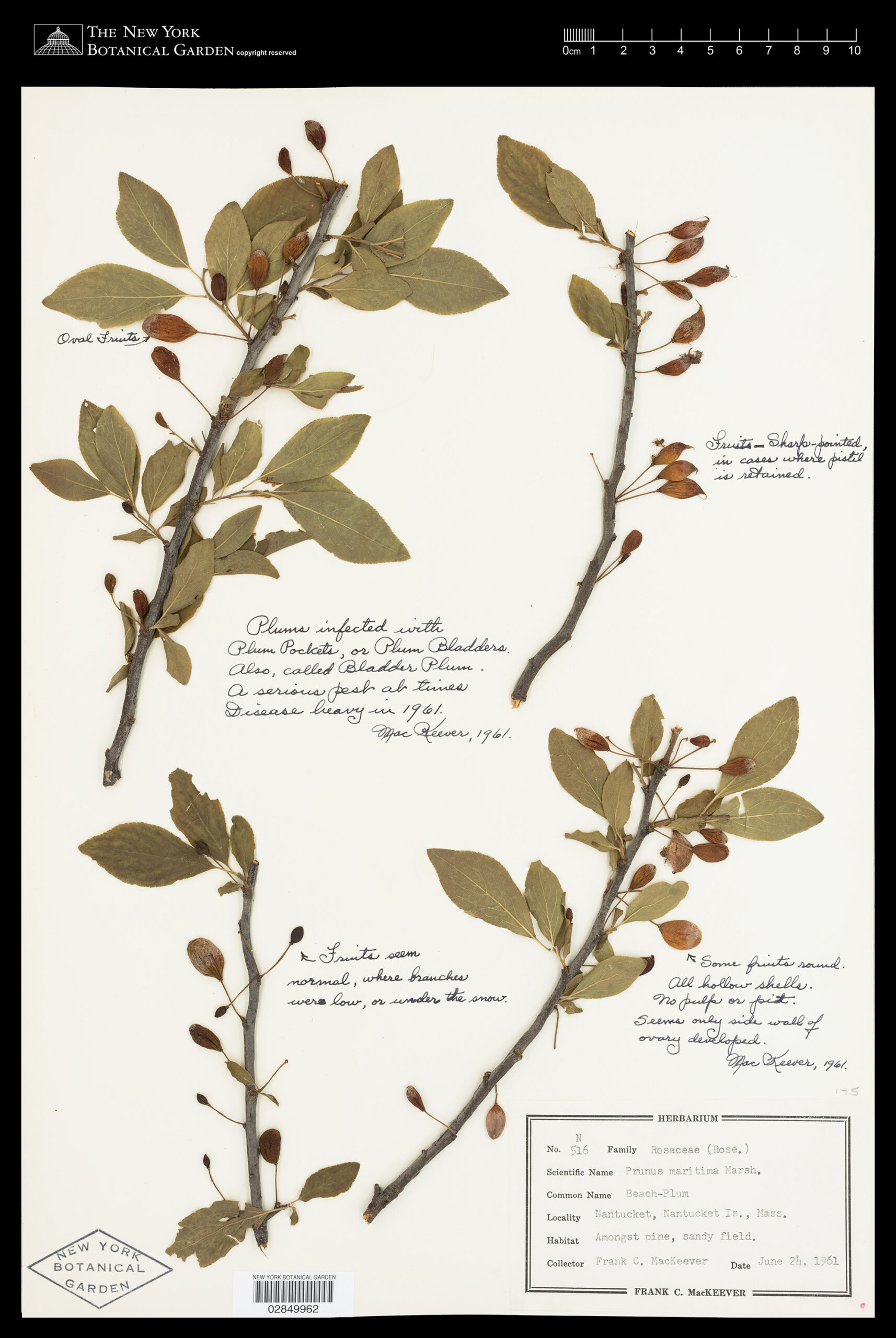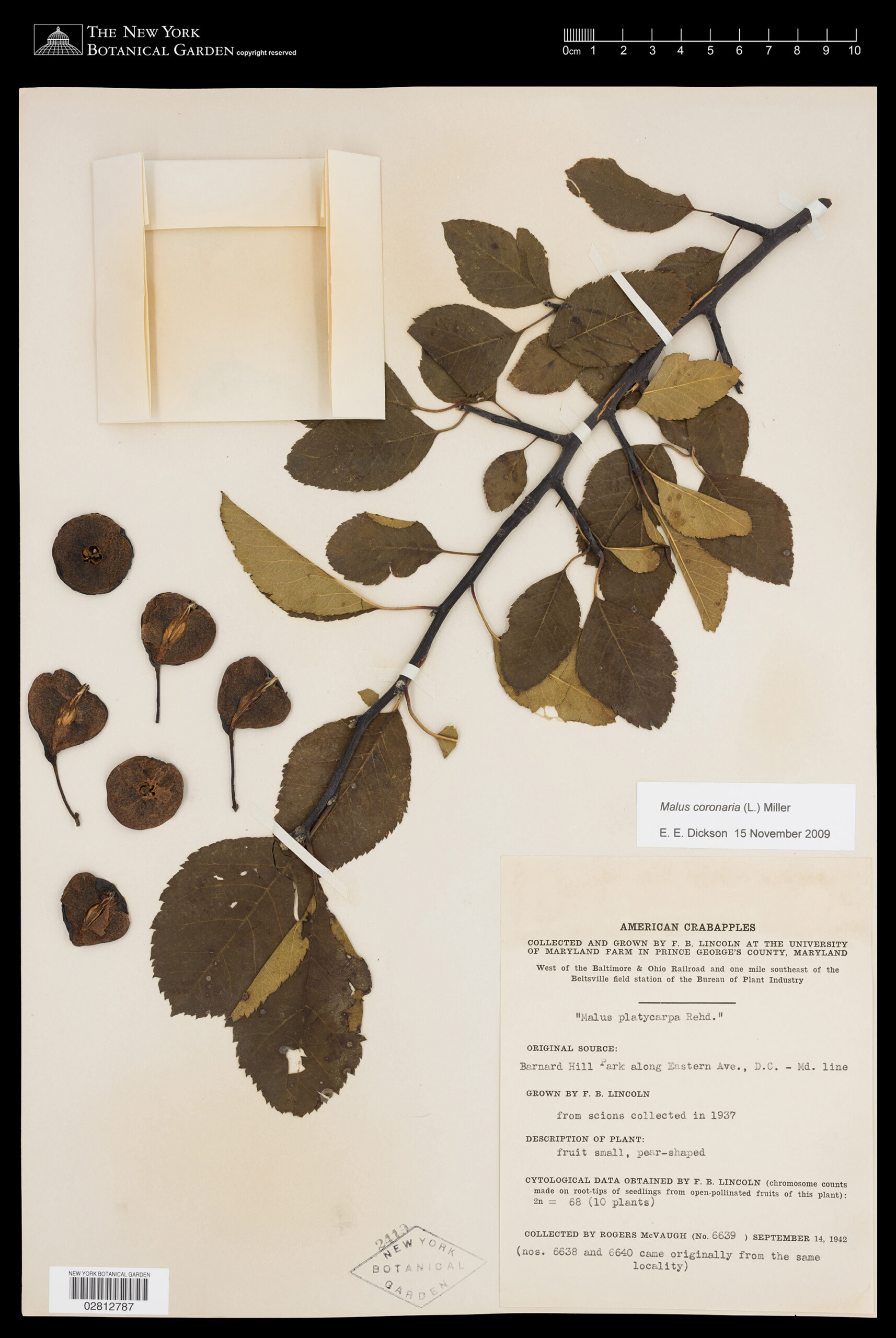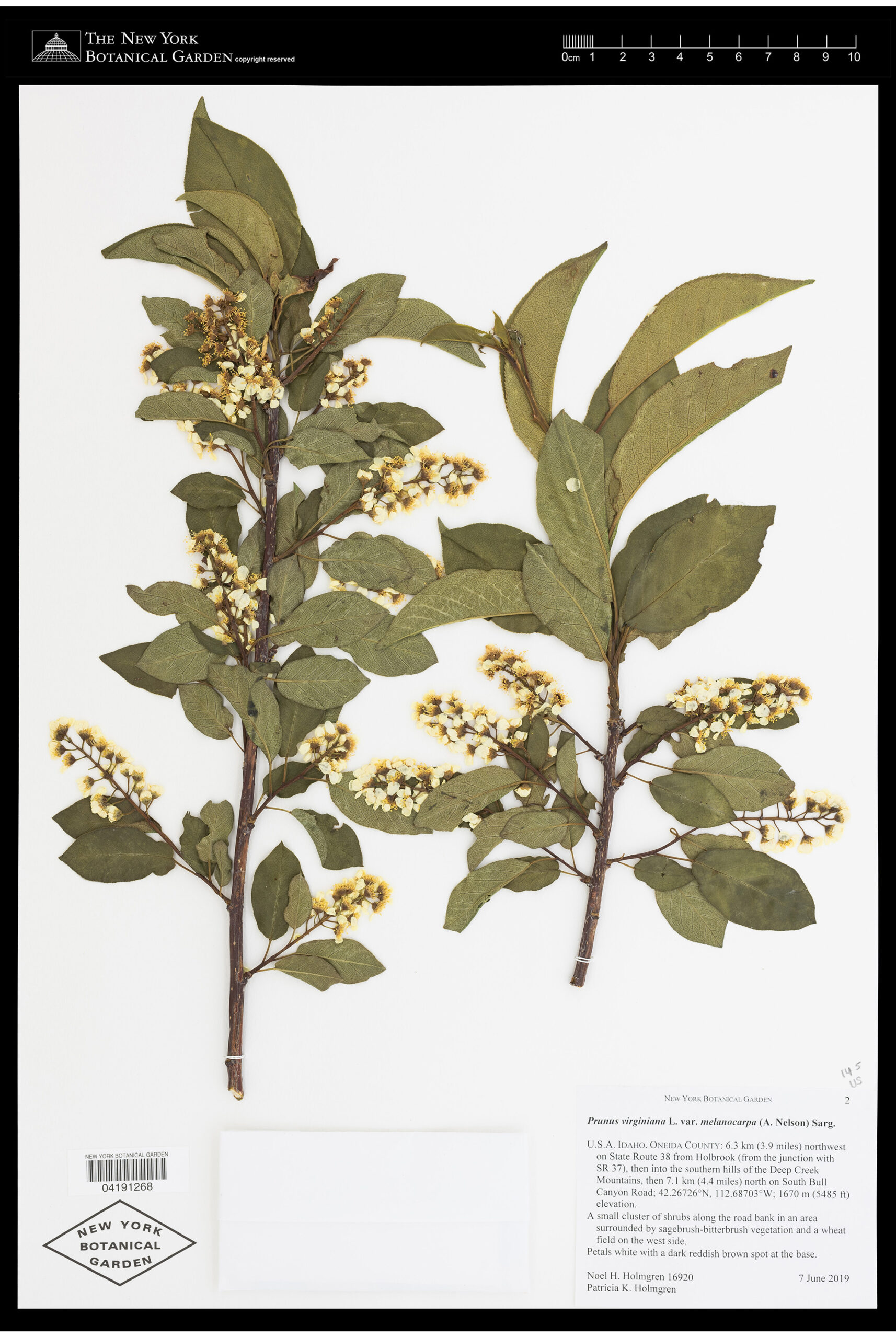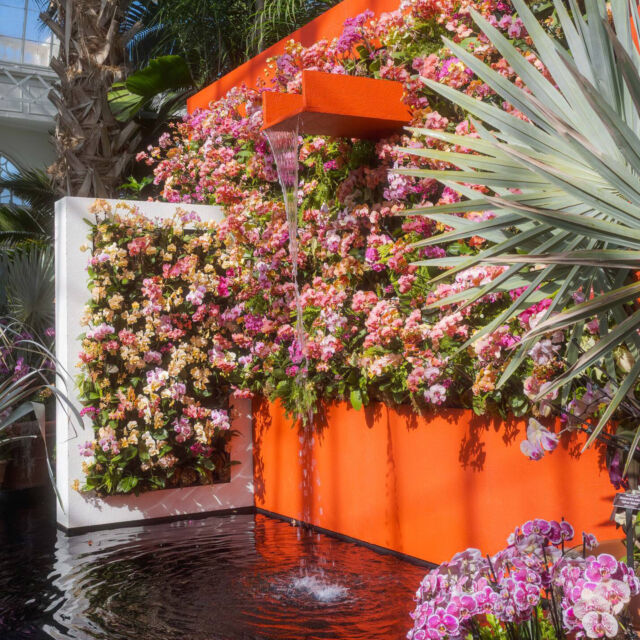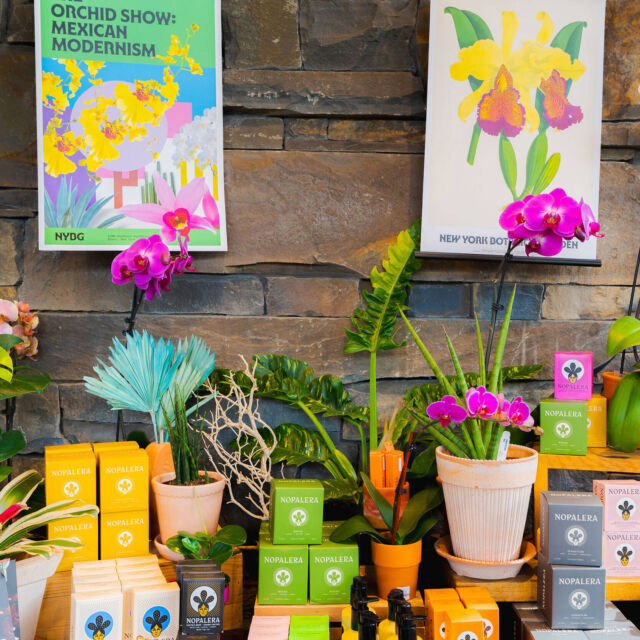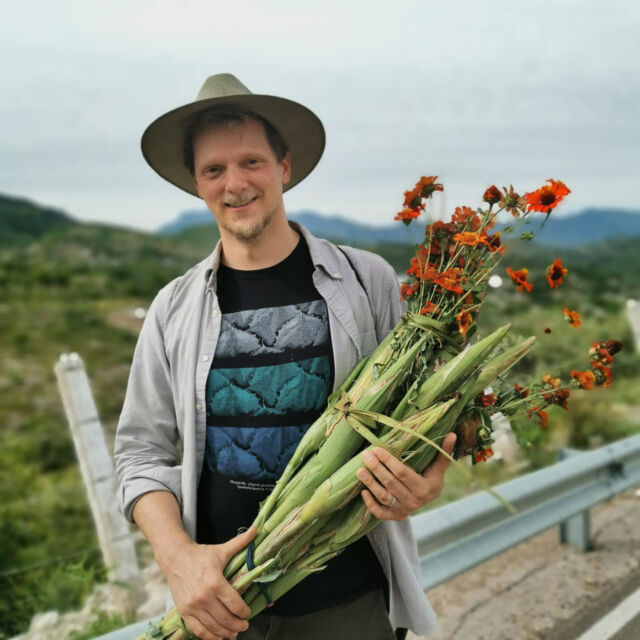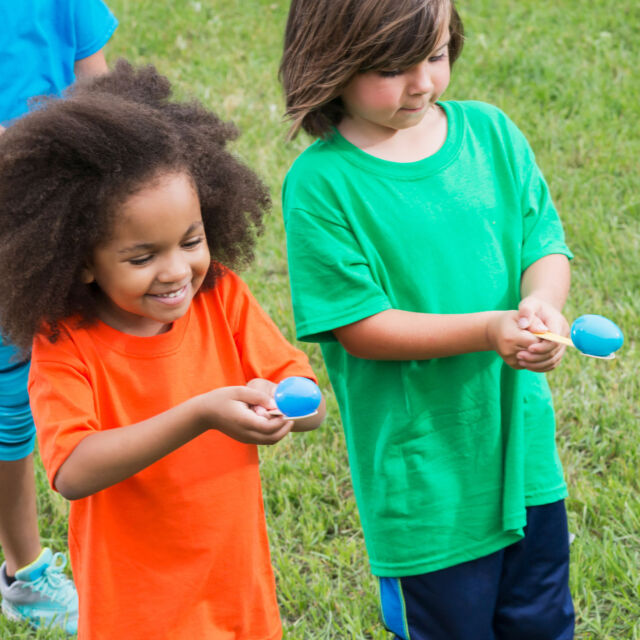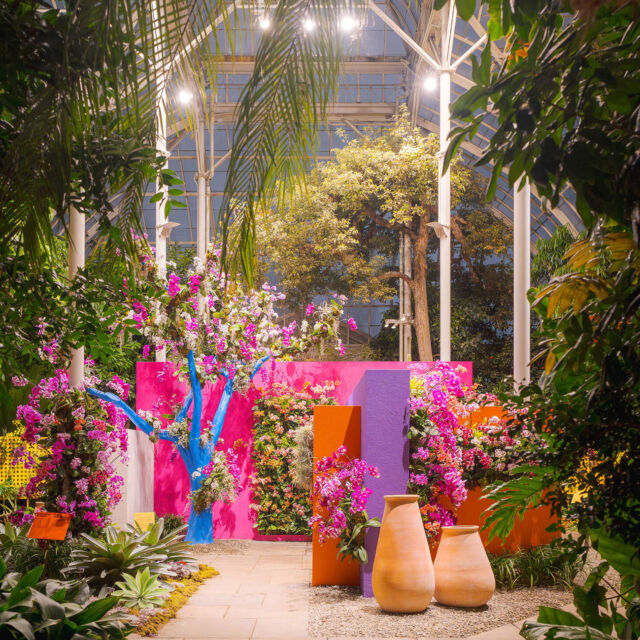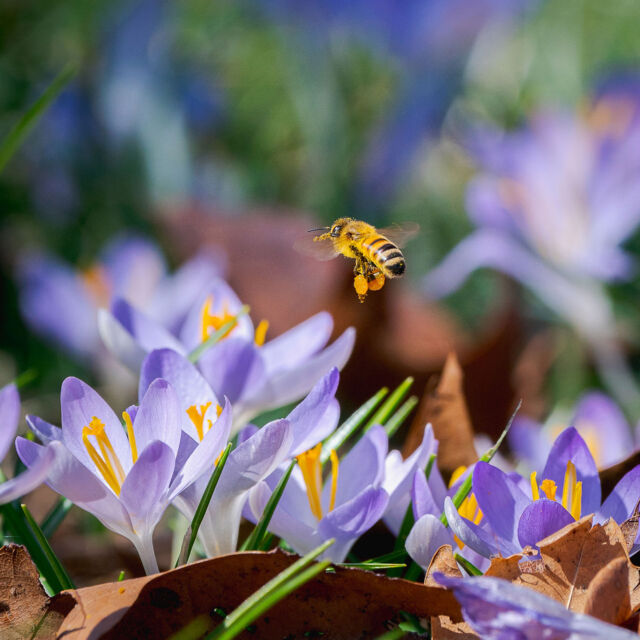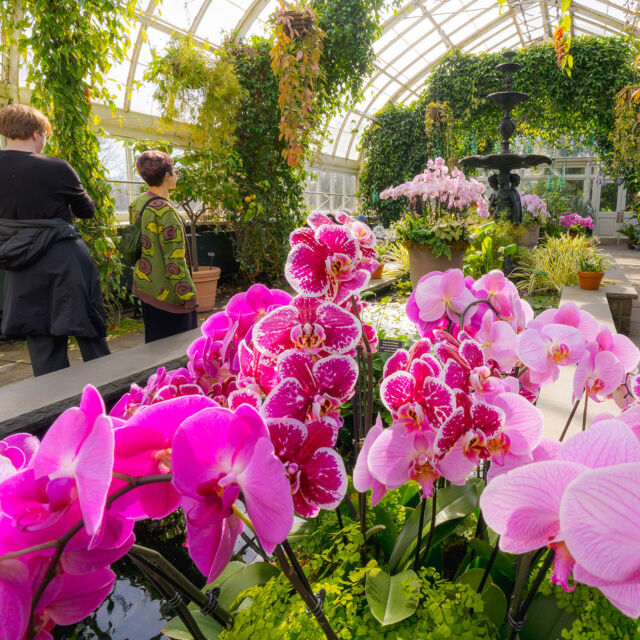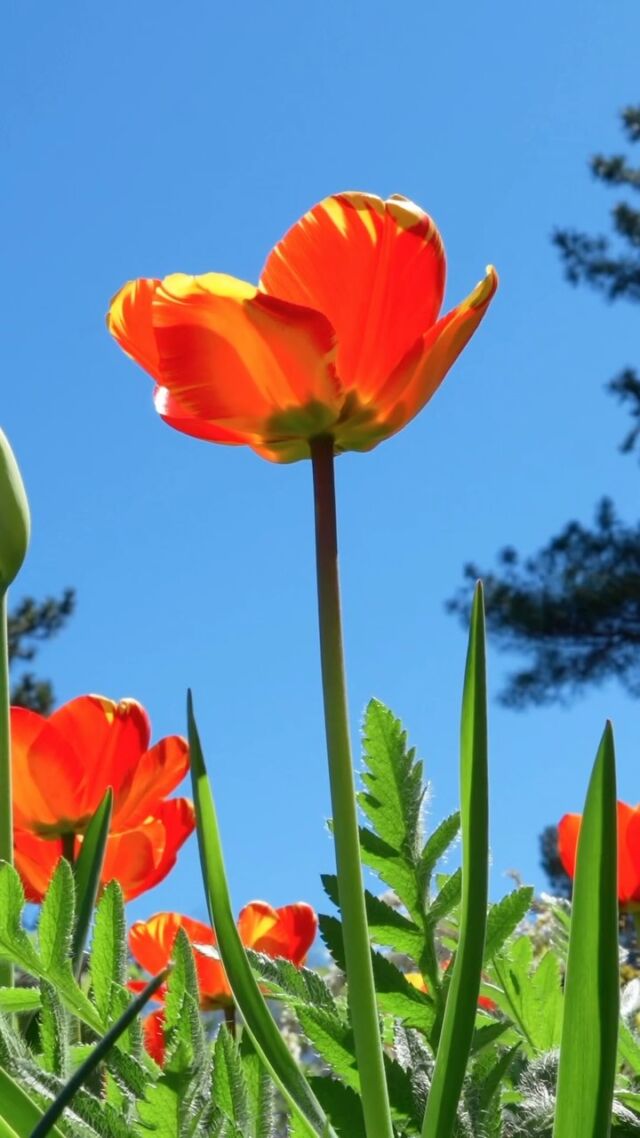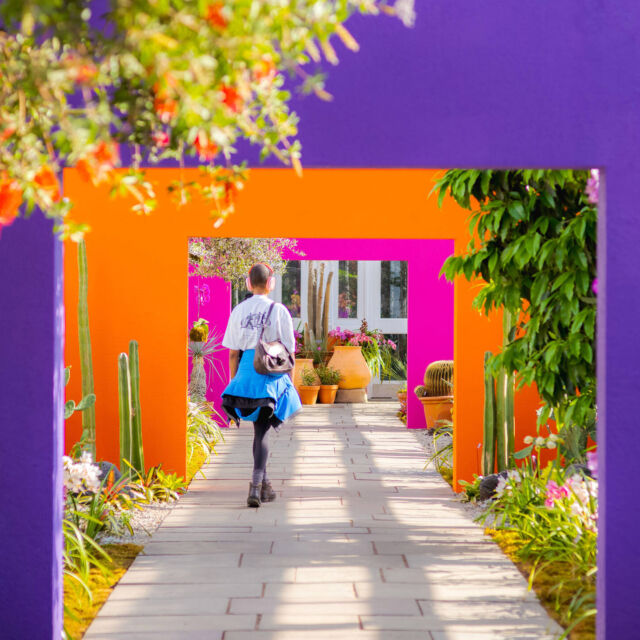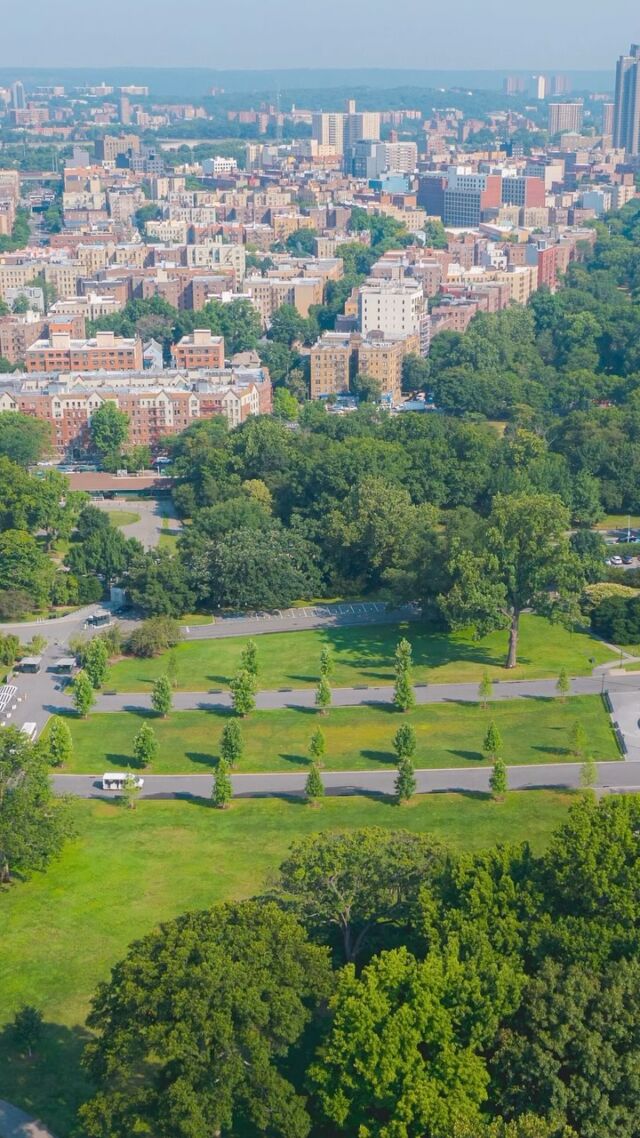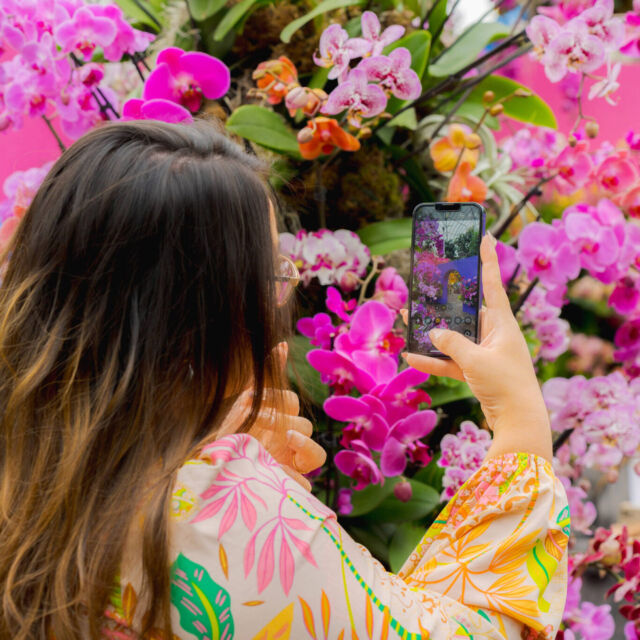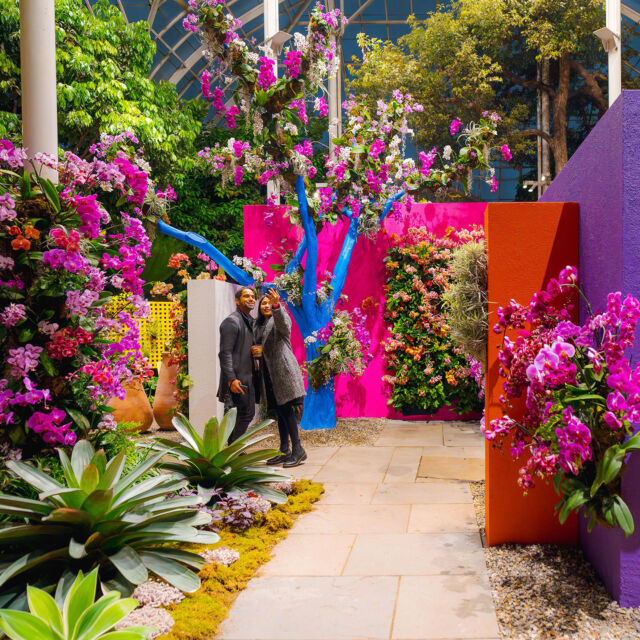Re-Orcharding New York: The Work of Artist Sam Van Aken
In the early 1800s, someone walking along the bustling streets of lower Manhattan eating a peach casually discarded the unwanted pit into Mr. Gill’s yard on Broad Street—today’s financial district. From the pit, a seedling emerged and grew up in the shadow of the historic Trinity Church. When discovered in 1821, the little tree produced a new variety of peach with exceptionally juicy and melting white flesh. Named the George IV peach, the fruit was shared through seeds and cuttings and soon became a favorite across the U.S. and Europe, only falling out of favor in the 1890s because it was too fragile to ship.
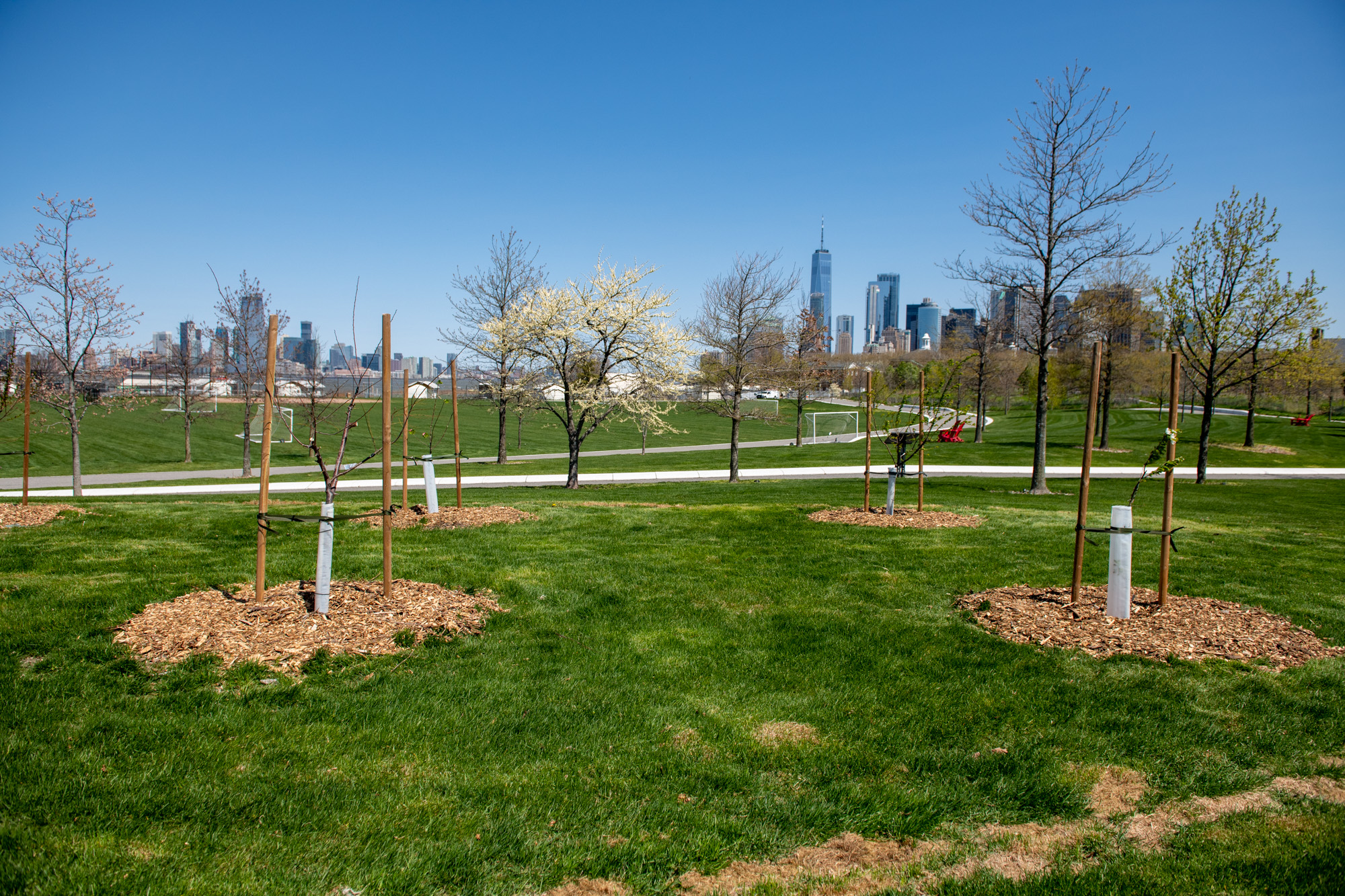
Sam Van Aken’s The Open Orchard installed on Governors Island
In New York City’s early days, the region was covered in small orchards, each growing dozens of different varieties of fruit like the George IV peach—from apples, apricots, and cherries to plums, peaches, and nectarines. Each variety had a name and a story: the Yellow Spanish cherry was said to be ancient, mentioned by Roman author Pliny the Elder (23/24–79 CE) in his encyclopedic Natural History (77 CE). The Washington Gage plum supposedly originated when an old plum tree growing in a Mrs. Bolmar’s backyard, just off Manhattan’s Bowery St., was struck by lightning and began producing new fruit. As industrial agricultural methods expanded in the 20th century, these heritage varieties were all but wiped out.
In his newest work on Governors Island, contemporary artist Sam Van Aken has set out to reverse this loss. Van Aken’s works move beyond traditional modes of art making, intervening in natural and public realms to generate new perspectives on botany, agriculture, and technology. Using grafting as a sculptural technique, Van Aken combines orchard varieties of different fruits together onto single, hybrid trees. The Open Orchard’s installation of hybrid trees are banks of biodiversity, but also sculptures that embody a living vision of the city’s past. Van Aken’s hybrid trees are also being shared with community gardens across the city’s five boroughs, all part of the project to re-orchard New York.
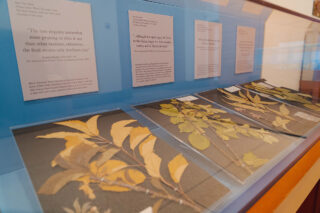
Sam Van Aken’s The Open Orchard specimens displayed at NYBG
Alongside his hybrid trees, Van Aken has begun creating botanical specimens of the heritage varieties he uses in his hybrid trees. Van Aken’s specimens preserve scientific record of historic fruit varieties as a part of the art making process, generating both new artistic works and new scientific research.
In celebration of Earth Day, NYBG has mounted a small display of contemporary artist Sam Van Aken’s botanical specimens, set alongside specimens from the Steere Herbarium highlighting fruits from the Garden’s own collections. Earth Day celebrations will culminate with a weekend celebration on April 22, when Van Aken will join us for a lecture on Earth Day (April 22) and host an Apple Grafting Master Class.
In the slideshow, explore a few of the stories behind the Steere Herbarium specimens included in the show, and visit the Ross Hall gallery to see Van Aken’s work.
-
American Beach Plum
Prunus maritima
Collected 1961
Collection of the William and Lynda Steere Herbarium
The New York Botanical Garden
Human and faunal communities of North America thrived on native fruits for centuries before apples, pears, and peaches were introduced from Europe. Through specimens in the Steere Herbarium we can consider: what might a branch from a hybrid tree of native fruits look like? American beach plum is a perfect example—it thrives as a short shrub in sandy, salty soils commonly found along the Eastern coast of the United States. Ripe beach plums, about the size of a large grape, are sweet to the taste, and make excellent wine. The plant’s ability to tolerate tough coastal conditions makes it a resilient and hardy fruit crop, excellent for degraded urban soils.
-
Sweet Crab Apple
Malus coronaria
Collected 1942
Collection of the William and Lynda Steere Herbarium
The New York Botanical Garden
Despite their reputation as sour, inedible little fruits, American crab apples can make delicious preserves, cider, and vinegars. This species produces huge flowers in spring, has delightfully fragrant fruits, and is commonly found throughout the Ohio Valley. Pehr Kalm, student of Carl Linnaeus, wrote, “The apples, or crabs, are small, sour and unfit for anything but to make vinegar of. They lie under the trees all winter and acquire a yellow color."
-
Chokecherry
Prunus virginiana var. melanocarpa
Collected 2019
Collection of the William and Lynda Steere Herbarium
The New York Botanical Garden
A native species of cherry, the berries of Prunus virginiana are called chokecherries. These slightly bitter berries were used by Native Americans of the Northern Rockies, Northern Plains, and Canada as one of the primary ingredients in a staple food called pemmican—a mix of dried meat, tallow, and dried berries.
SUBSCRIBE
Enter your email address to subscribe to this blog and receive updates on new posts.
